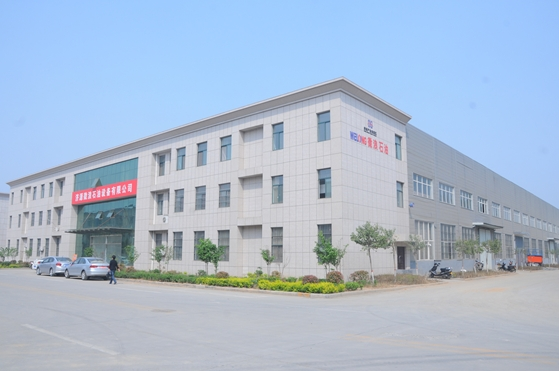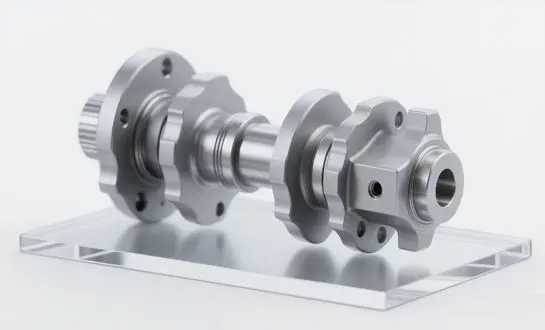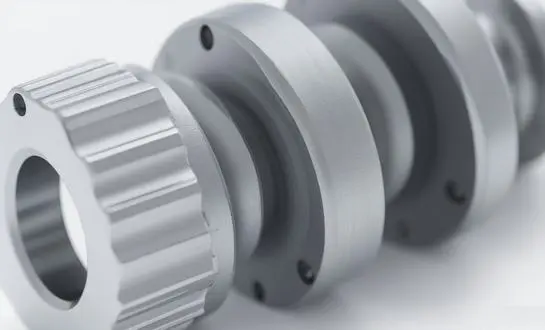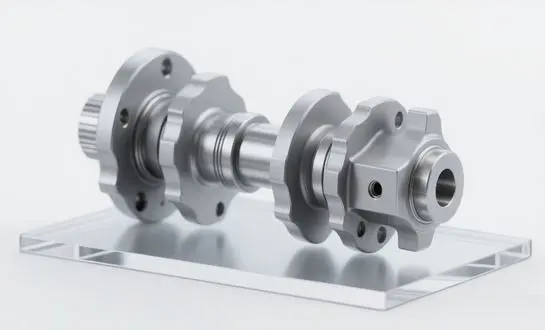Safety Standards: Ensuring Compliance in Slip Selection
When it comes to selecting casing slips, safety should always be the top priority. Adhering to industry standards and regulations is not just a legal requirement but a fundamental aspect of maintaining a safe and efficient operation.
API Specifications and Certifications
The American Petroleum Institute (API) has strict rules for all drilling tools, such as barrel slips. When shopping for tubing slips, make sure the goods meet or go beyond API standards. For drilling and well service tools, API Spec 7K is especially important.
ISO Compliance
You should also think about casing slips that meet ISO 9001:2015 quality control systems in addition to API standards. This adds another level of security by making sure that the manufacturing process follows high standards that are known all over the world.
OSHA Requirements
Make sure that the casing slips you choose meet the safety standards set by the Occupational Safety and Health Administration (OSHA). This includes things like how much weight it can hold, how strong the grip is, and how safe the design is generally.
Material Compatibility: Matching Slips to Casing Types
The effectiveness of casing slips largely depends on their compatibility with the casing material. Choosing the right material for your casing slips is essential for optimal performance and longevity.
Steel Alloy Considerations
For standard steel casings, high-strength alloy steel slips are often the go-to choice. These slips offer excellent durability and gripping power, making them suitable for a wide range of applications.
Specialized Materials for Corrosive Environments
In environments with high levels of hydrogen sulfide (H2S) or carbon dioxide (CO2), consider casing slips made from corrosion-resistant materials such as nickel-based alloys or specially treated steels.
Non-Marking Options
For operations involving premium casing that requires minimal surface damage, non-marking casing slips with specialized inserts can be an excellent choice. These slips provide a firm grip without causing significant marring or scoring of the casing surface.
Load Capacity: Determining the Right Slip Strength
The load capacity of casing slips is a critical factor that directly impacts the safety and efficiency of your operations. Selecting slips with the appropriate strength ensures they can handle the weight of the casing string without failure.
Weight Rating Considerations
Always choose casing slips with a weight rating that exceeds the maximum expected load. This includes considering the weight of the casing string, any additional equipment, and potential dynamic loads during operations.
Safety Factors
Implement a safety factor when selecting the load capacity of your casing slips. A common practice is to choose slips rated for at least 1.5 times the maximum anticipated load to account for unexpected stresses or variations in operating conditions.
Load Distribution
Consider the design of the slip segments and how they distribute the load across the casing surface. Slips with even load distribution help prevent localized stress points that could damage the casing or lead to slip failure.
Conclusion
Choosing the correct casing slips is an important step in ensuring the smooth running of your drilling and well completion activities. Selecting casing slips that are suitable for your requirements and will operate reliably in the field requires careful consideration of aspects including safety regulations, material compatibility, and load capacity. To help you make the right choice for your projects, remember to collaborate with reliable casing slips manufacturers and suppliers. By keeping up with the most recent advancements in casing slip design and materials, you can ensure that you are making the best informed selections for your operations, especially considering the ongoing evolution of technology and industry requirements.
FAQ
1. How often should casing slips be inspected and replaced?
Casing slips should be inspected before each use and undergo thorough examination at regular intervals, typically every 6-12 months, depending on usage frequency and conditions. Replacement is necessary when signs of wear, damage, or reduced performance are observed.
2. Can casing slips be used for different casing sizes?
While some casing slips are designed to accommodate a range of casing sizes, it's generally recommended to use slips specifically sized for the casing being handled. This ensures optimal grip and load distribution.
3. Are there any special considerations for using casing slips in offshore environments?
Offshore environments often require casing slips with enhanced corrosion resistance due to exposure to saltwater and harsh weather conditions. Additionally, slips used offshore may need to meet additional regulatory requirements specific to marine operations.
Choose Welong for Your Casing Slip Needs
When it comes to selecting high-quality casing slips for your oil and gas operations, Welong stands out as a premier casing slips manufacturer. With over two decades of experience in the industry, we offer a comprehensive range of casing slips designed to meet the most demanding requirements. Our products are engineered to deliver superior performance, durability, and safety, ensuring smooth and efficient operations in various drilling environments. By choosing Welong, you're partnering with a company that prioritizes quality, innovation, and customer satisfaction. Don't compromise on the reliability of your equipment – trust Welong for all your casing slip needs. Contact us today at oiltools15@welongpost.com to learn more about our products and how we can support your projects.
References
1. Smith, J. (2024). "Advanced Casing Slip Technologies for Modern Drilling Operations." Journal of Petroleum Engineering, 58(3), 245-260.
2. Brown, A., & Johnson, R. (2023). "Safety Considerations in Casing Slip Selection and Usage." Oilfield Safety Review, 42(2), 112-128.
3. Technical Committee on Petroleum Products and Lubricants. (2025). "API Specification 7K: Drilling and Well Servicing Equipment." American Petroleum Institute.
4. Lee, S., & Park, C. (2024). "Material Innovations in Casing Slip Design for Corrosive Environments." Corrosion Science and Technology, 33(4), 378-392.
5. Wilson, M. (2023). "Load Capacity Analysis of Modern Casing Slips." International Journal of Oil, Gas and Coal Technology, 26(1), 55-70.
6. Thompson, E., & García, L. (2025). "Offshore Drilling Equipment: Special Considerations for Harsh Environments." Marine Technology Society Journal, 59(2), 180-195.





